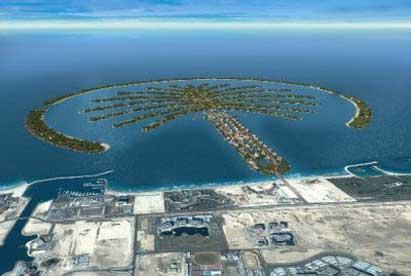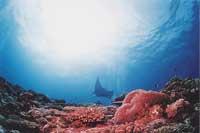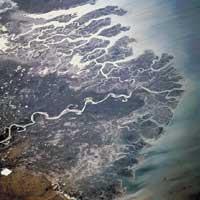Competing with the sea to win the land
2004/06/01 Rementeria Argote, Nagore - Elhuyar Zientziaren Komunikazioa Iturria: Elhuyar aldizkaria
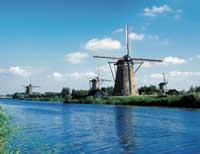
It is known that long ago much of the Netherlands was covered by water, or that many cities are built on deltas of marshes or large rivers, such as Venice.
These towns and cities were located in strategic places, being appropriate places to control or protect maritime traffic. In other cases, the limitation of sea passage was due to the fact that the fertile land at the mouth of the river was especially appreciated for agriculture.
In Holland, for example, an enormous engineering was carried out for the drying of lands. Mills were used to drain the land and pump water to the canals, channeling water through the canals and building large levees to limit the entrance to the North Sea. In fact, in the north there are dunes that hinder the entrance of the sea, but in the living tides do not resist the water.
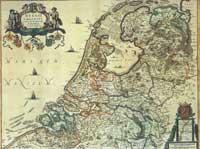
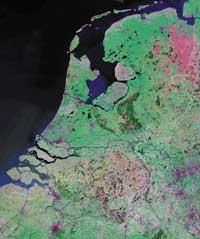
The project began in the Middle Ages and has now earned 6,500 square kilometers to the sea. These lands, called polder, account for 15% of the surface of the Netherlands. This new area is the twelfth province of Holland since 1986, called Flevoland.
The Netherlands is crossed by numerous rivers and streams. It is actually a very changing space. In fact, much of the land is below sea level and is therefore directly affected by sea and wind movements. But humans seek a stable environment, so they need to dominate the coast and wetlands.
Population pressure
As the population grows, urban borders have spread, and as most of the population lives on the coast, land is often eaten to sea and beaches. Construction of housing, industrial areas or expansion of ports.
In Barcelona, for example, the port area is the part won by the sea. In it, in addition to the infrastructure of the freight port and the marina, there are recreational spaces. The site built for the Forum 2004 was also from the sea. The environmental groups requested the paralyzation of the works, arguing that the coast of Barcelona is totally altered. Imagine that all the beaches in Barcelona are artificial.
Also at home
In the Basque Country itself, although to a lesser extent, there are ports built on land withdrawn to the sea, such as that of Bilbao. The expansion of the port of Pasajes has also been reserved to the sea. With intrinsic protection, humans have long appropriated and as port infrastructures increase, the surface covered by water is shrinking.
On the other hand, there are populations built on dry land. The works carried out in San Sebastian radically modified the appearance of the bay, and Bilbao itself has grown on land at the mouth of the Nervión. Naturally, the border between sea and land is constantly changing and man, in order to curb these changes, places cement barriers.
Unlimited Dare
Curiosity is due to the will to win the land at the expense of the sea. The two islands being built in Dubai, for example. These islands, of course, will be totally artificial, and if the idea is surprising, it is no less the aspect they will give to these islands: the palm trees.
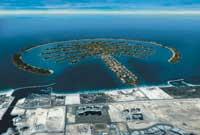
The coast of the United Arab Emirates has been modified by man. In some areas cement predominates, and buildings and roads shape the coast. By 2008 the landscape of Dubai will be further altered by the belief that by then the two palm-shaped islands will be built.
The construction work of these two luxury islands will cost 1,200 million euros. There are projected 60 luxury hotels, 5,000 chalets and other apartments, theme parks, restaurants, sports facilities, spas, etc.
For the construction of the islands will be used more than one hundred million cubic meters of stones and sands, so Dubai will have 120 kilometers more coastline.

Gai honi buruzko eduki gehiago
Elhuyarrek garatutako teknologia




